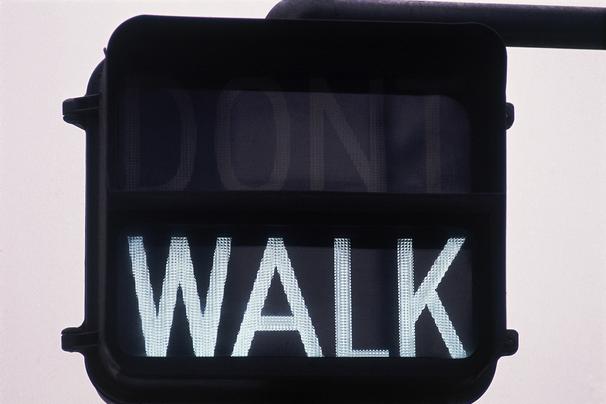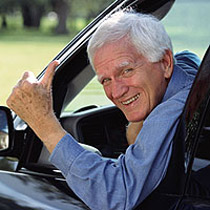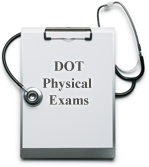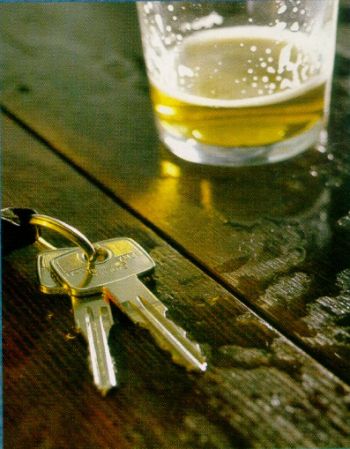 Safety is a shared responsibility for all road users, including drivers and pedestrians. The following are some tips to improve road safety for pedestrians.
Safety is a shared responsibility for all road users, including drivers and pedestrians. The following are some tips to improve road safety for pedestrians.
Safety tips for pedestrians
Be safe and be seen: make yourself visible to drivers
- Wear bright/light colored clothing and reflective materials.
- Carry a flashlight when walking at night.
- Cross in a well-lit area at night.
- Stand clear of buses, hedges, parked cars or other obstacles before crossing so drivers can see you.
Be smart and alert: avoid dangerous behaviors
- Always walk on the sidewalk; if there is no sidewalk, walk facing traffic.
- Stay sober; walking while impaired increases your chance of being struck.
- Don,t assume vehicles will stop; make eye contact with drivers, dont just look at the vehicle.
- If a driver is on a cell phone, they may not be paying enough attention to drive safely.
- Don,t rely solely on pedestrian signals; look before you cross the road.
- Be alert to engine noise or backup lights on cars when in parking lots and near on-street parking spaces.
Be careful at crossings: look before you step
- Cross streets at marked crosswalks or intersections, if possible.
- Obey traffic signals such as WALK/DONT WALK signs.
- Look left, right, and left again before crossing a street.
- Watch for turning vehicles; make sure the driver sees you and will stop for you.
- Look across ALL lanes you must cross and visually clear each lane before proceeding. Just because one motorist stops, do not presume drivers in other lanes can see you and will stop for you.
- Dont wear headphones or talk on a cell phone while crossing.




